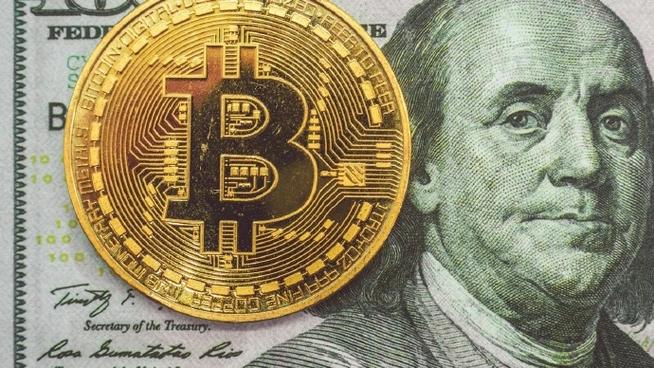Current Bitcoin Block Reward and Its Significance, Explained
Bitcoin, the leading cryptocurrency, operates on a blockchain protocol that incentivizes miners through block rewards. This article discusses the current Bitcoin block reward and its implications for miners and the overall cryptocurrency market.
Bitcoin, the leading cryptocurrency, operates on a blockchain protocol that incentivizes miners through block rewards. This article discusses the current Bitcoin block reward and its implications for miners and the overall cryptocurrency market.

Understanding Bitcoin Block Reward
The Bitcoin block reward is the reward earned by miners for successfully adding a new block to the Bitcoin blockchain. This process involves solving complex cryptographic puzzles, and upon resolution, the miner is allowed to add the block. As of now, the current block reward is 6.25 BTC per block, which was established during the last halving event that took place in May 2020.
However, it is essential to note that the block reward undergoes halving approximately every four years. The next anticipated halving is expected to occur in 2
024, at which point the block reward will decrease from 6.25 BTC to 3.125 BTC. This process is significant as it controls the supply and inflation of Bitcoin.

The Importance of Block Rewards for Miners
For miners, the block reward is the primary incentive driving the network’s security and transaction validation. The ability to earn new bitcoins through block rewards makes mining an attractive venture and enables miners to cover operational costs such as electricity and hardware maintenance.
The current reward of 6.25 BTC remains substantial, leading to continuous interest in mining activities. However, as the block reward halves over time, miners must adopt more efficient technologies and enhance their operational strategies to maintain profitability. Thus, the block reward dynamics play a crucial role in determining the overall viability of mining as a business.

Market Implications of Block Reward Changes
The changes to the Bitcoin block reward also have significant consequences on cryptocurrency markets. Historically, Bitcoin’s price tends to experience an increase following each halving event. This is primarily because the reduced block reward leads to a decrease in supply, while demand often continues to rise as the cryptocurrency gains popularity.
As the next halving approaches, anticipation and speculation regarding Bitcoin’s price fluctuations create a ripple effect across various exchanges and investment platforms. Traders and investors are often keenly focused on block reward changes as indicators for potential price movements.
In summary, the current Bitcoin block reward stands at 6.25 BTC, established during the most recent halving in 2020. It plays a critical role in incentivizing miners, ensuring network security, and impacting Bitcoin’s market dynamics. The upcoming halving in 2024 is poised to alter these elements further, creating ongoing interest and speculation within the cryptocurrency landscape.





